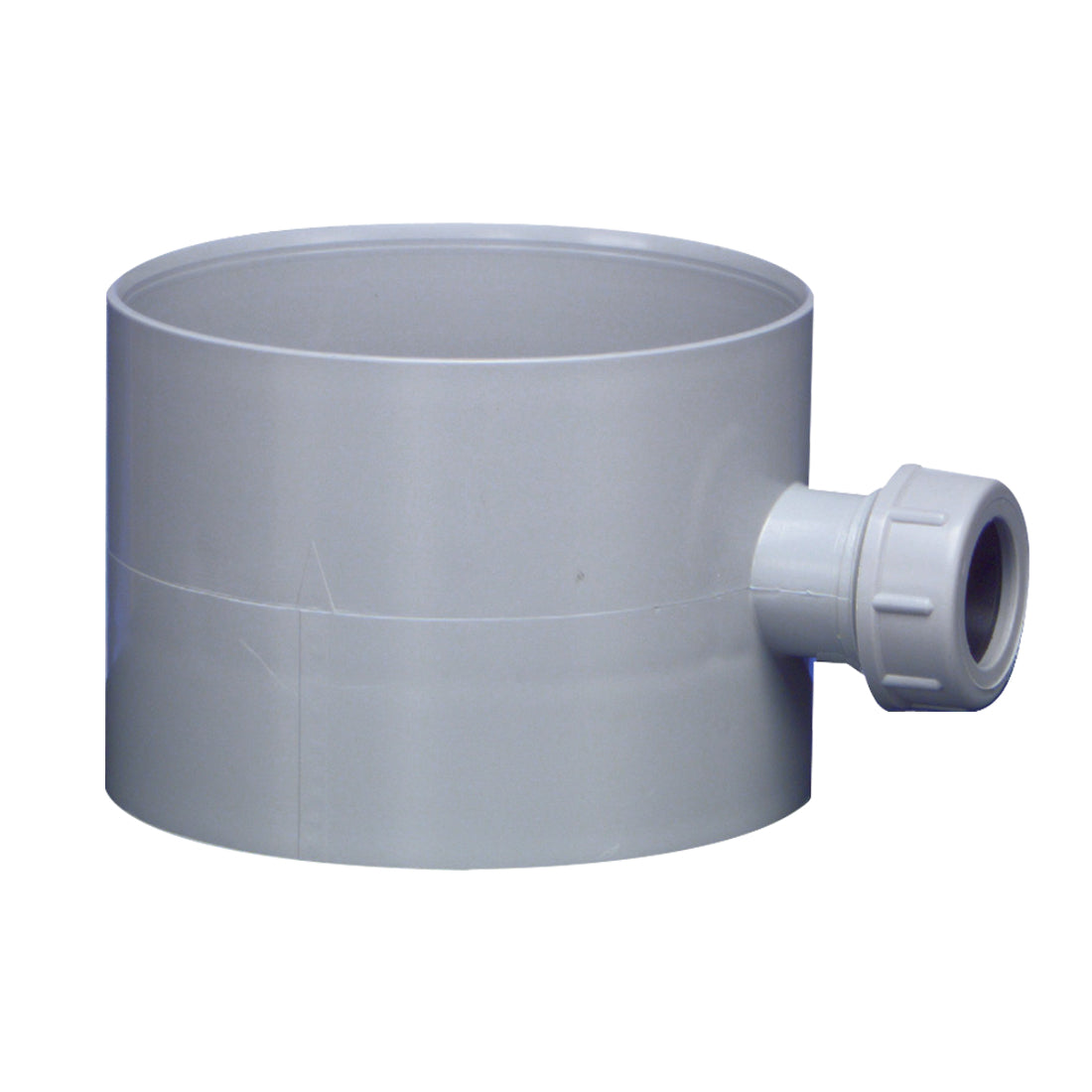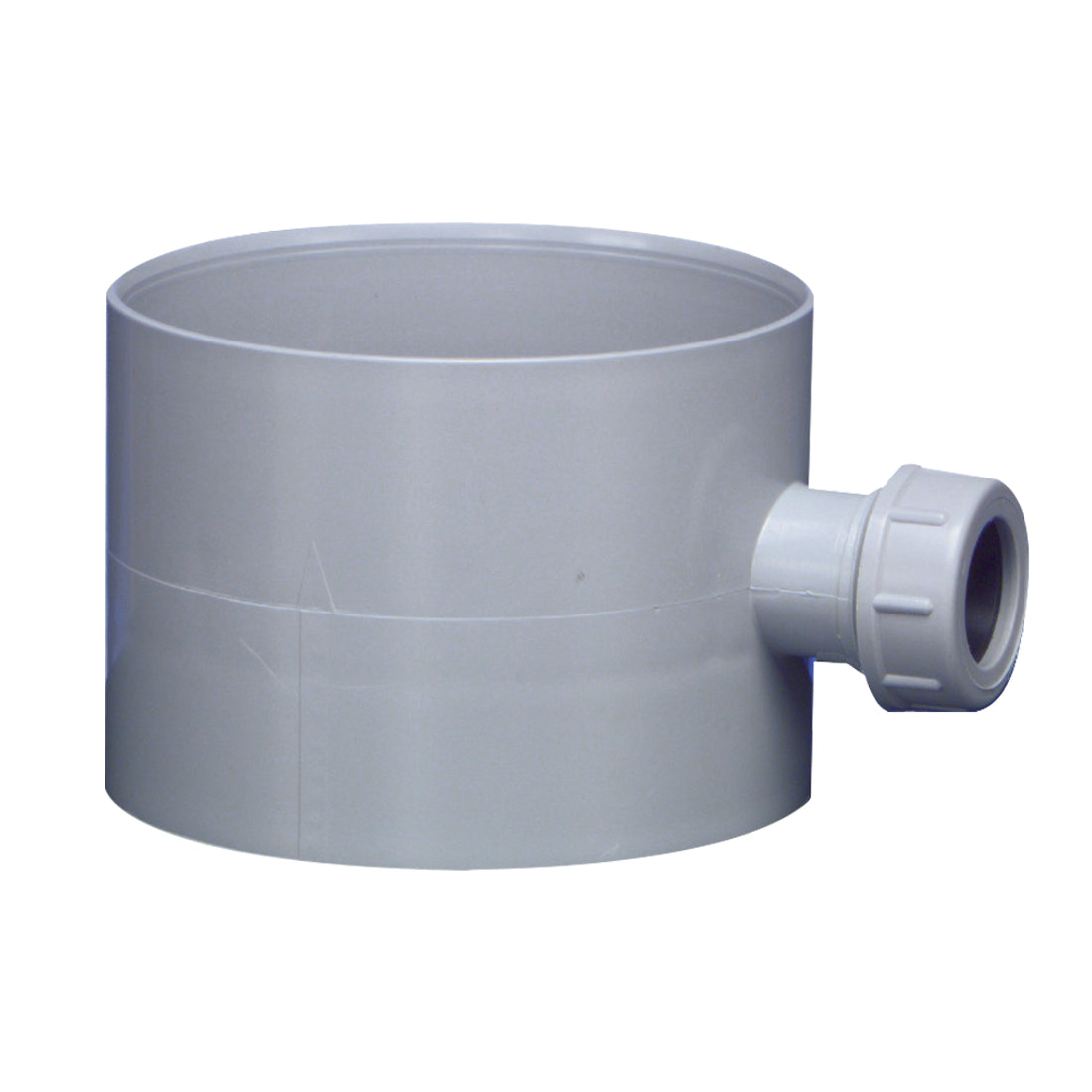
Description
Ducting Condensation Trap
Product Part Number:
100mm PVC Condensation Trap - CD100
125mm PVC Condensation Trap - CD125
Designed for condensation/moisture control in ducted ventilation systems
Condensation occurs when warm, humid air from areas like the bathroom, shower, kitchen, or utility room meets cooler duct surfaces
Vertical ducts can trap water from condensation, potentially damaging the fan and property
Systems using roof vents or vertical ducts to expel air to the outside benefit from using a condensate trap to prevent moisture from forming inside the ductwork
Must be connected to a suitable soil vent pipe using a 21.5mm overflow pipe
Constructed of PVC for durability and ease of use
Compatibility:
Compatible with many manufacturers:
| Manufacturer | 100mm | 125mm | 150mm |
|---|---|---|---|
| Verplas | VKC434 | VKC445 | - |
| Vent-Axia | 563516 | 455191 | 455190 |
| Manrose | 1440 | 1450 | 1460 |
| Domus | 497 | 5687 | - |
| Nuaire | CONTRAP100 | CONTRAP125 | CONTRAP150 |
Performance:
Solid rigid ducting provides superior airflow performance compared to rectangular or flexible PVC and aluminium ductwork
Suitable for use in compliance with Part F Building Regulations
Installation:
Install the condensation trap on a vertical pipe between the unit and outside air discharge (extraction)
For horizontal pipes, apply a slight fall to the outside to avoid the need for a condensation trap
🔹 For best performance:
- Apply plastic ducting sealant to the male fitting
- Push the fittings together
- Seal the joint with aluminium duct sealing tape
Alternatively, use self-sealing fittings for faster installation (up to 70% quicker) and easy disassembly
Insulation of Ductwork:
If ducting is in a cold area (e.g., loft space), it should be insulated with 25mm thick material, having a thermal conductivity of 0.04W/(m.k) or less
Insulation prevents condensation from forming due to temperature differences between the duct air and the cold space air
If no loft space is present, insulated ducting is still required on intake and exhaust legs
Wrap PVC duct with 25mm duct wrap (silver foil face on 25mm Rockwool) for insulation
Note: Bubble wrap is no longer applicable in building control regulations
Sizes Available:
🔹 100mm
🔹 125mm
🔹 150mm
For larger ductwork, use metal spiral ducting and fittings for superior strength.













